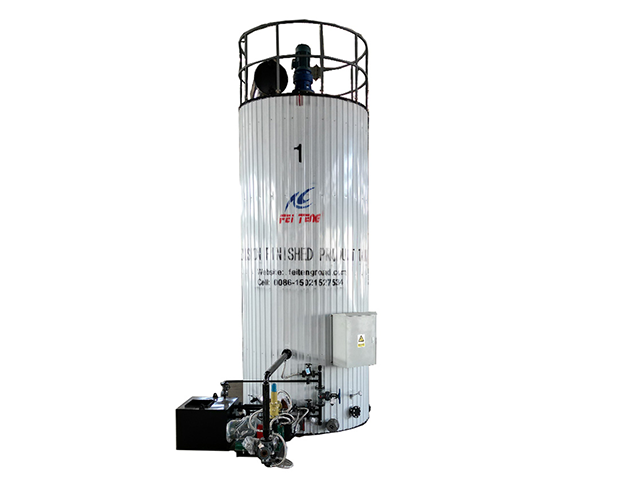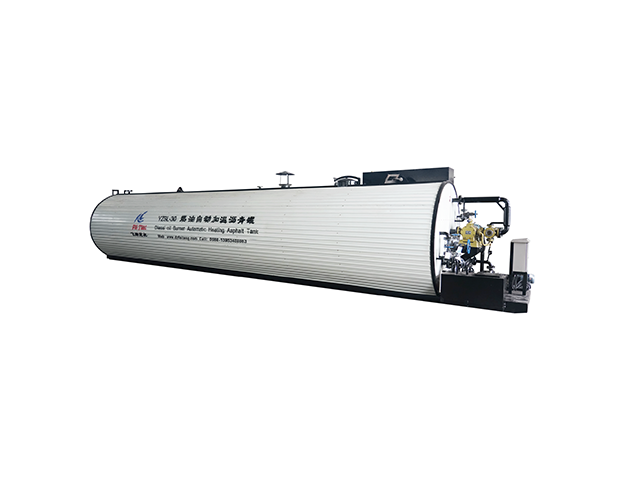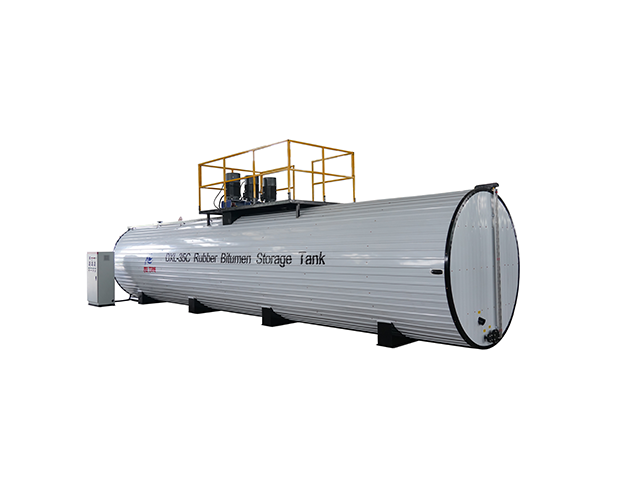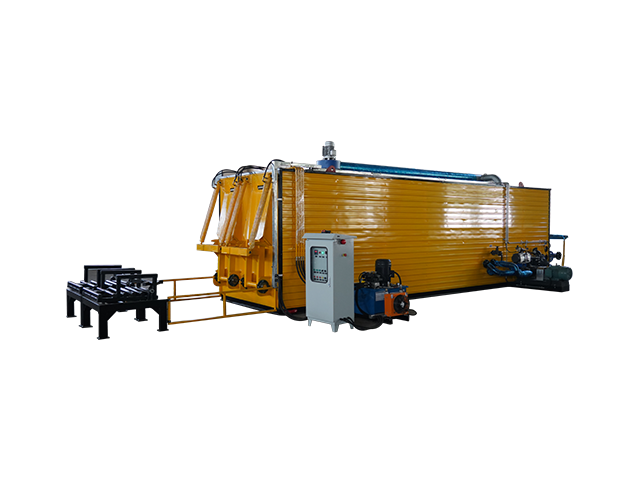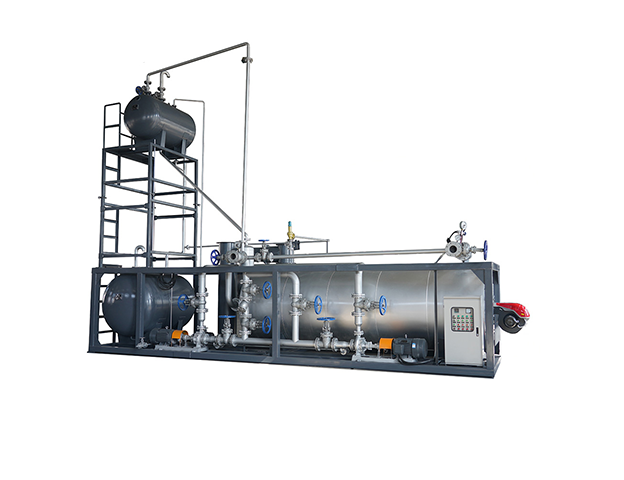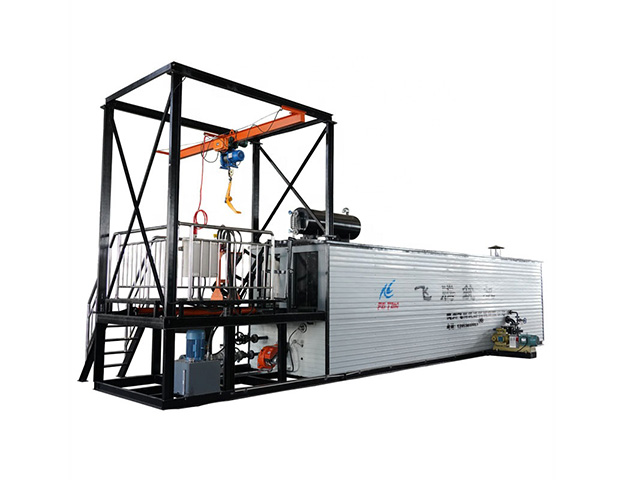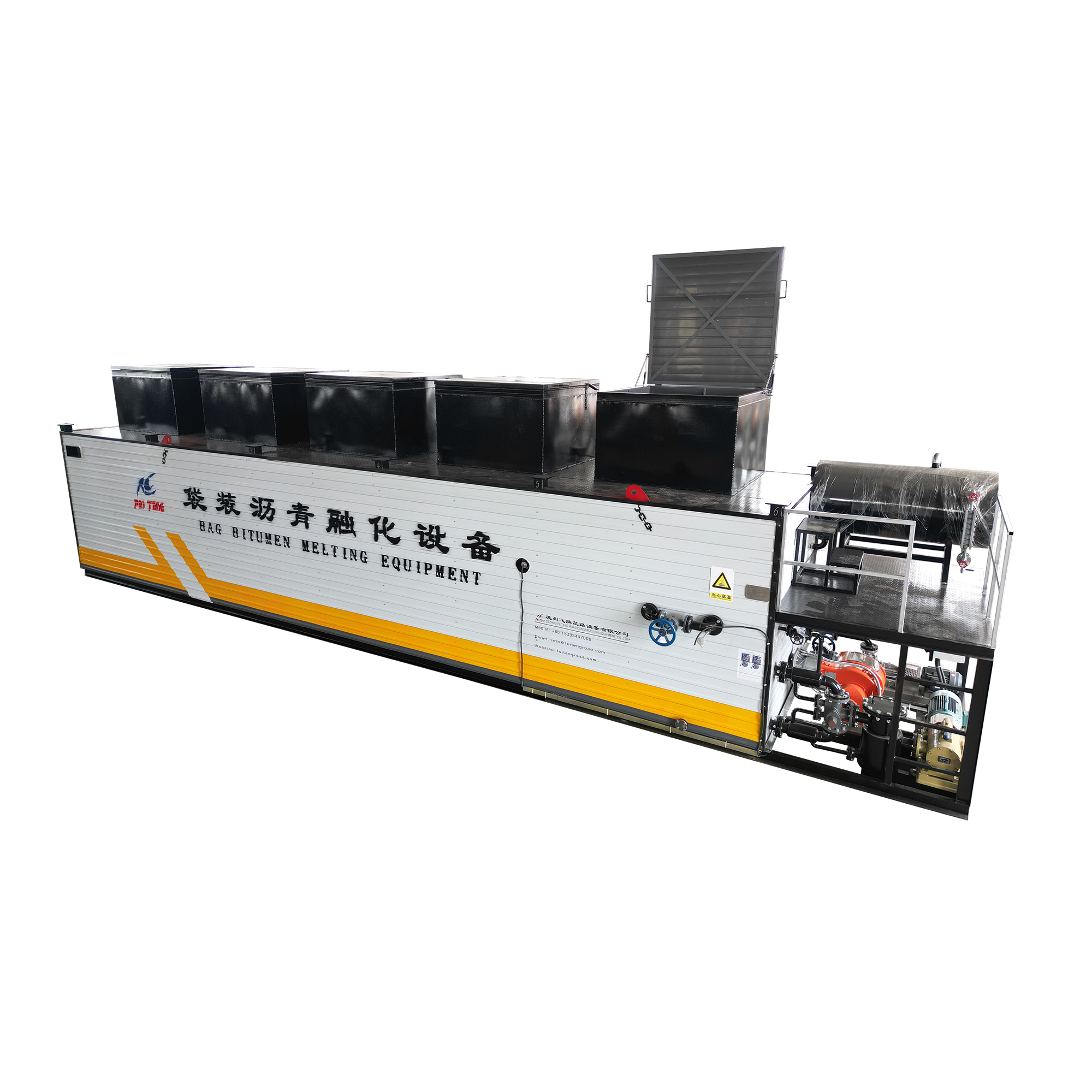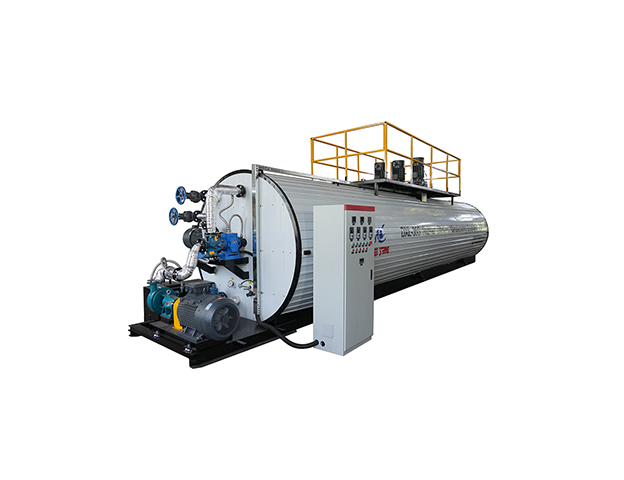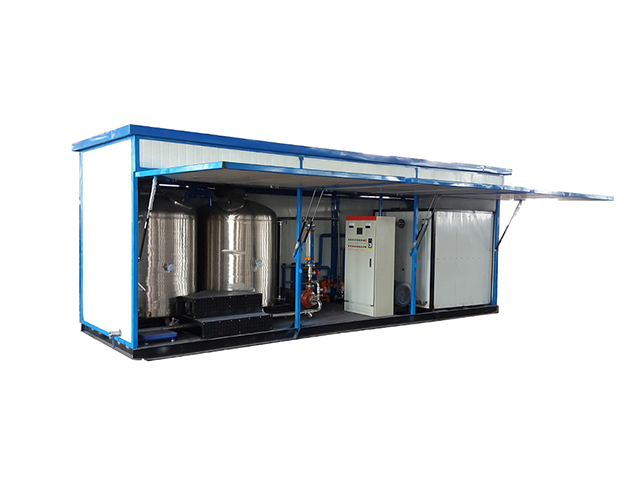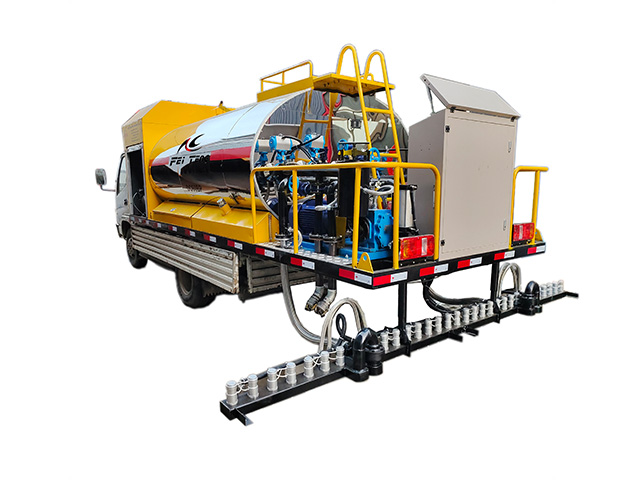Introducción
Bitumen (asphalt) must be stored at high temperatures (typically 120–180 °C) to maintain its quality and usability. Choosing the right type of bitumen storage tank directly affects heating efficiency, operation costs, and overall productivity.
Feiteng Road Construction Equipment offers a complete range of vertical and horizontal bitumen storage tanks, designed to suit different project scales and site conditions. This article compares their key differences—structure, heating performance, insulation, space usage, and mobility—and provides recommendations on when to choose each type.
1. Design and Structure
Horizontal Tanks
Horizontal bitumen tanks are cylindrical vessels mounted on skids or legs. Most Feiteng models—such as the YDL series (diesel burner + thermal-oil coils) and DL series (external thermal-oil heating)—use internal coils or flues to circulate hot thermal oil.
En YZSL series integrates both a diesel burner and a thermal-oil coil for dual heating efficiency.
Vertical Tanks
Vertical tanks stand upright, featuring top-mounted agitators y bottom discharge outlets. Their vertical structure saves ground space and allows efficient mixing during storage. This design is ideal for compact sites or batching plants where footprint matters.
2. Heating Systems and Efficiency
Feiteng tanks use indirect heating through hot oil circulation or electric elements, avoiding direct flame contact that could damage bitumen.
-
Horizontal YDL & DL: Multi-layer thermal-oil coils ensure rapid heating, with efficiency ≥ 85% and a heating rate of 10–15 °C/hour for a 35 m³ tank.
-
YZSL Dual-Heating Tank: Combines burner and flue heat recovery, achieving maximum energy utilization and faster temperature rise.
-
DZL Electric Container Tank: Heats via electric oil loops (≈ 2–3 °C/hour) but maintains near-zero heat loss after reaching temperature.
-
Vertical Tanks: Feature side-mounted coils and top heaters with integrated mixers for uniform heat distribution.
All Feiteng tanks include PLC temperature control (±2 °C accuracy) and high-grade insulation, ensuring stable long-term performance.
3. Insulation and Heat Retention
Every Feiteng tank adopts aislamiento multicapa—rock wool or polyurethane between double steel shells—to reduce energy loss.
-
En DL horizontal tank offers excellent heat preservation, minimizing reheating cycles.
-
En YZSL dual-heating design limits heat loss to < 10% within 24 h.
-
Containerized DZL models maintain < 1 °C loss per hour once stabilized.
Proper insulation ensures both vertical and horizontal tanks retain heat effectively, with minimal energy consumption even in cold environments.
4. Footprint and Space Utilization
Vertical tanks occupy minimal ground space but are taller—ideal for urban or confined project sites.
Horizontal tanks, however, extend lengthwise (10–12 m for 30–50 m³ capacity) and are better suited for open areas or large asphalt mixing yards.
Choose vertical tanks when land is limited; choose horizontals when height is restricted but ground space is available.
5. Maintenance and Operation
Both vertical and horizontal tanks are engineered for easy access and maintenance:
-
Vertical: Mixer and valves accessible from top or bottom; simple to drain and clean.
-
Horizontal: Multiple manways and side hatches for coil inspection and cleaning.
Feiteng integrates automated safety controls, including oil pump interlocks, relief valves, and emergency shutdowns—ensuring reliability and operator safety across all models.
6. Mobility and Transport
Horizontal container tanks (DZL series) are optimized for transportability. Their modular design allows “plug-and-play” installation, ideal for mobile asphalt plants or remote projects.
Vertical tanks can also be shipped disassembled for container loading and onsite assembly—suitable for projects requiring compact delivery.
For frequent relocation or remote sites, choose DZL containerized or small vertical tanks; for stationary plants, opt for large horizontal models.
7. Application Scenarios
| Application Type | Recommended Tank Type | Advantages |
|---|---|---|
| Large Asphalt Plants | YDL, DL, YZSL (horizontal) | High capacity, fast heating, efficient for continuous production |
| Mobile or Remote Projects | DZL (container) or small vertical | Compact, easy setup, no open flame |
| Urban or Limited Space | Vertical tank | Minimal footprint, integrated mixing |
| Large-Volume Storage Yards | DL (horizontal) | Modular setup, shared boiler system |
| Cold Climates | YZSL, DL, or DZL | Reliable heating, stable temperature maintenance |
Conclusión
Feiteng’s bitumen storage solutions are designed to meet every project need—from large-scale asphalt production to compact mobile operations.
-
Choose vertical tanks for limited spaces or when mixing is required.
-
Select horizontal YDL/DL models for maximum storage and heating efficiency.
-
Opt for YZSL dual-heating tanks for high-output or emission-controlled applications.
-
Use DZL container tanks for easy transport and fast onsite deployment.
With advanced insulation, precision temperature control, and energy-efficient heating systems, Feiteng Road Construction Equipment ensures stable and economical bitumen storage for all environments.
-
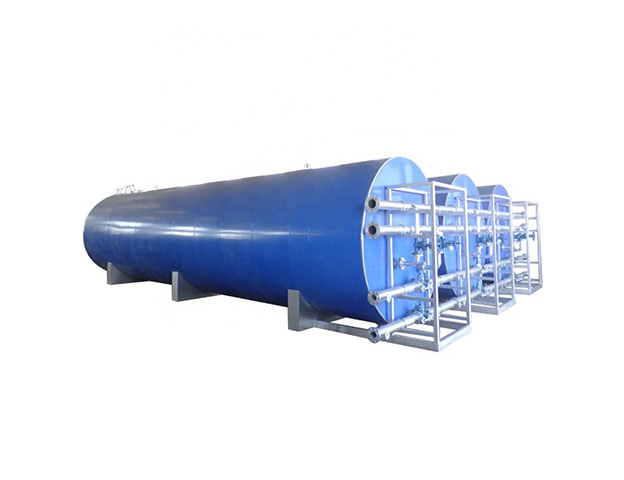
Tanque de betún calentado con aceite térmico serie DL | 30-50m³ Sistema de almacenamiento de asfalto personalizable

